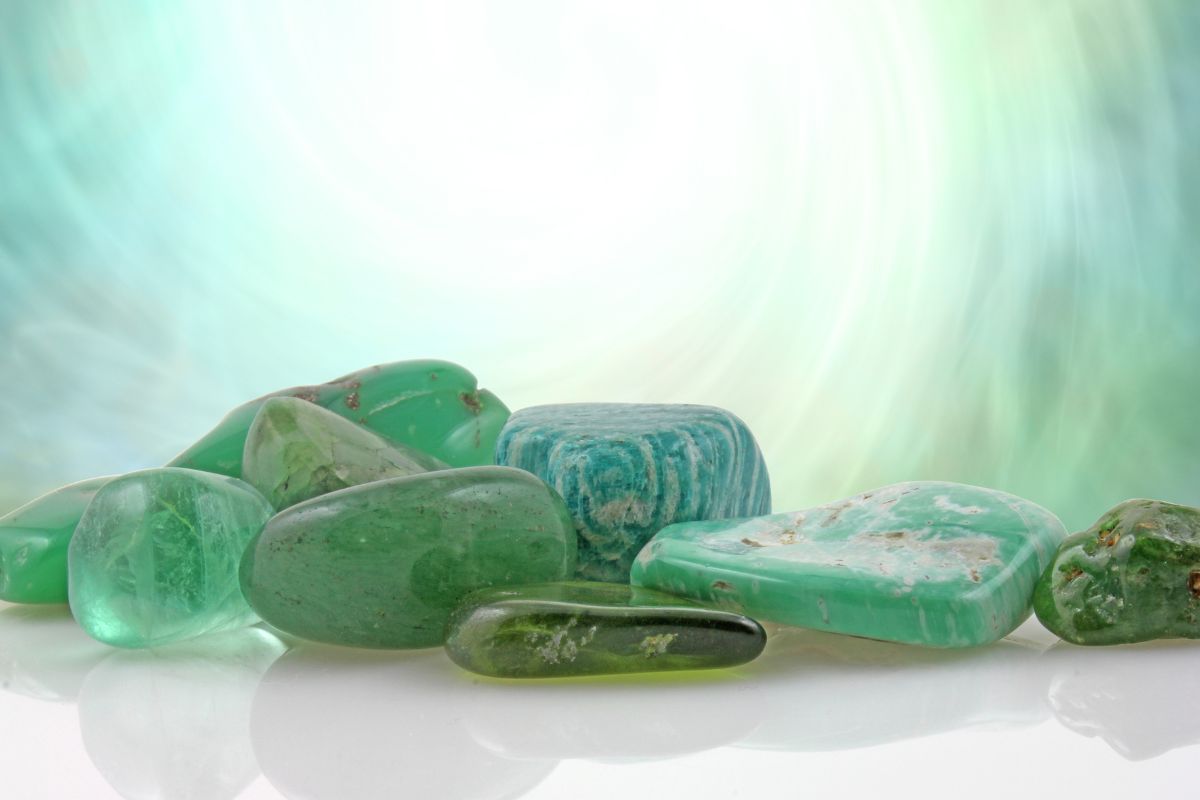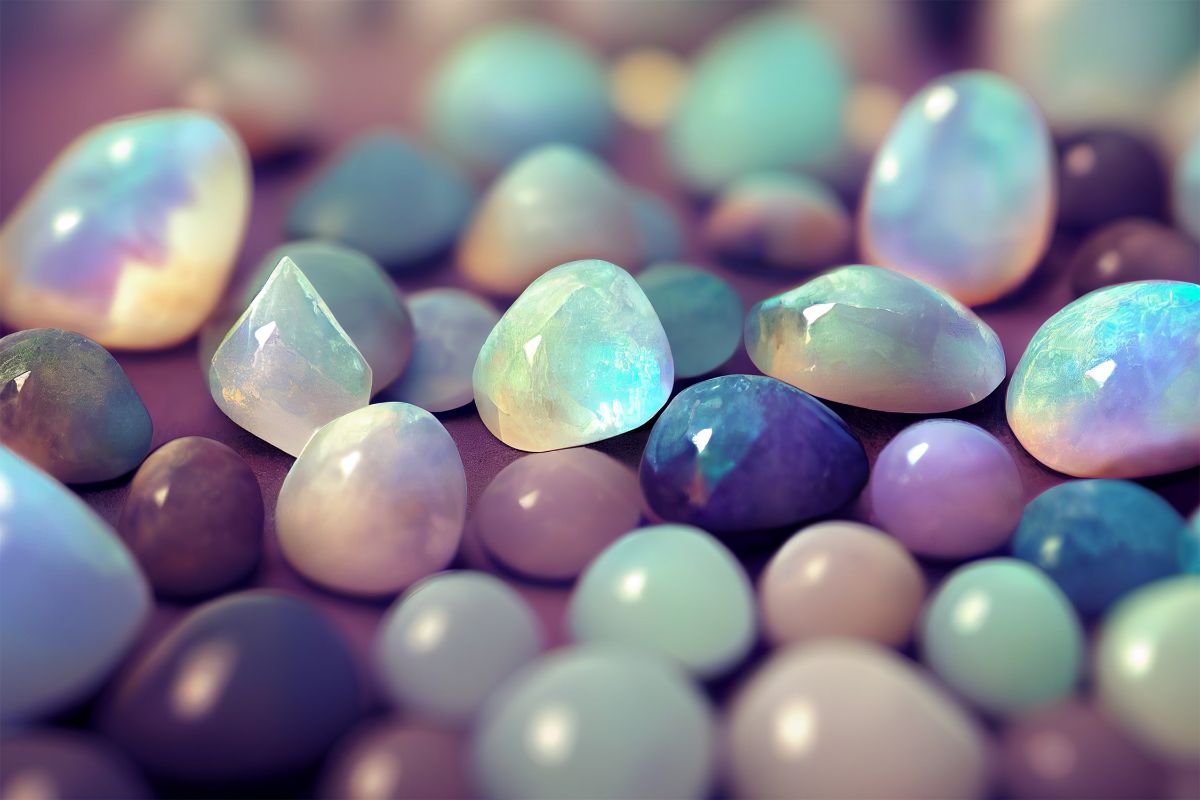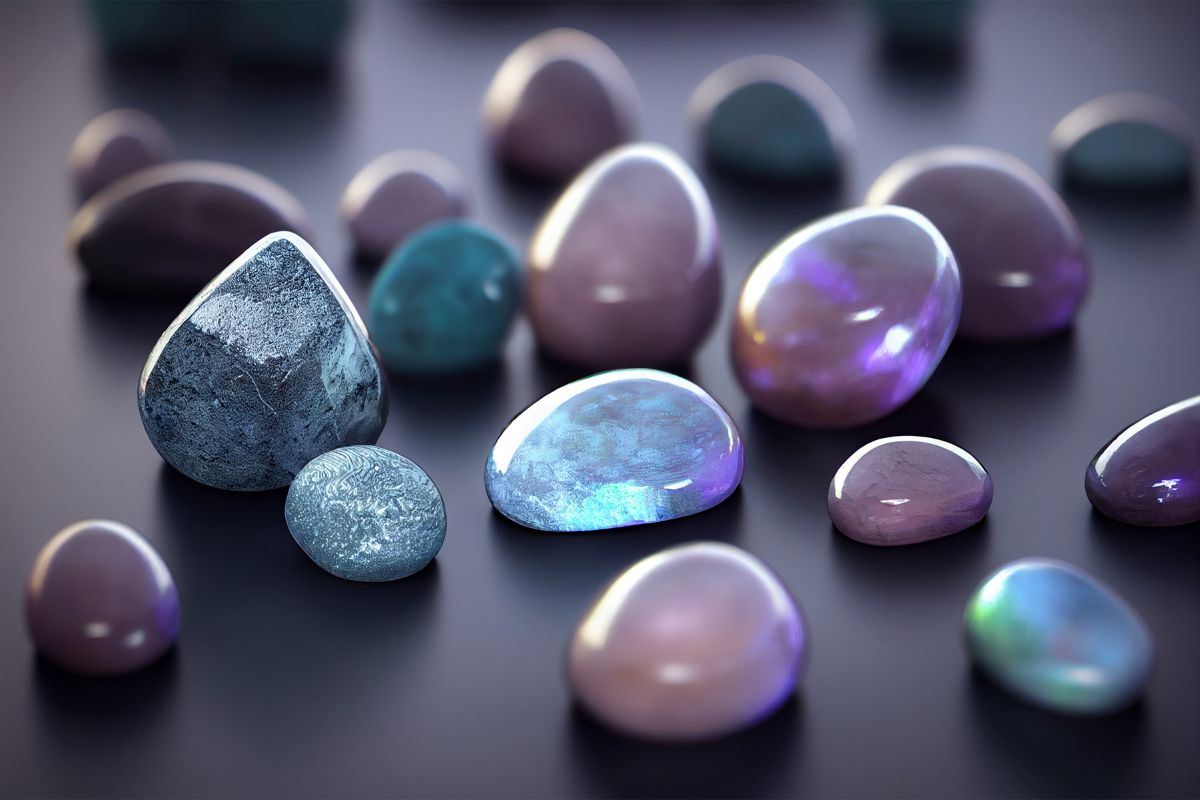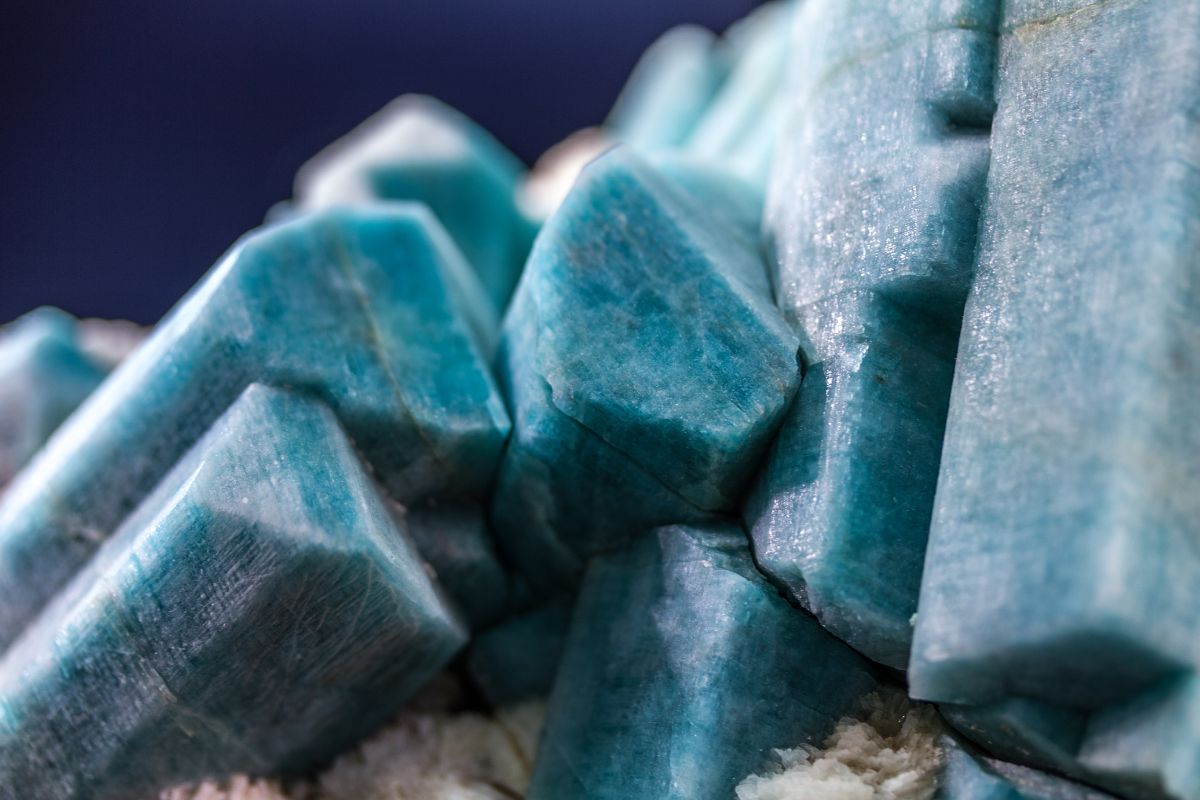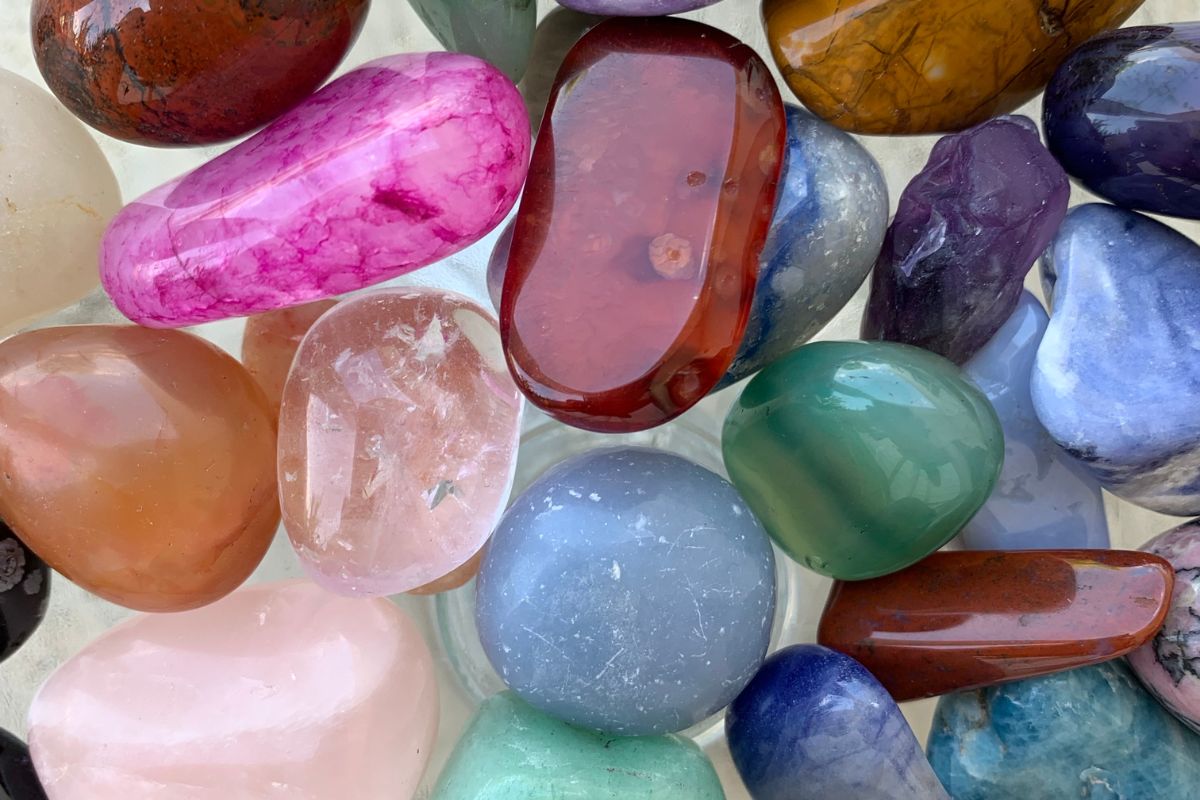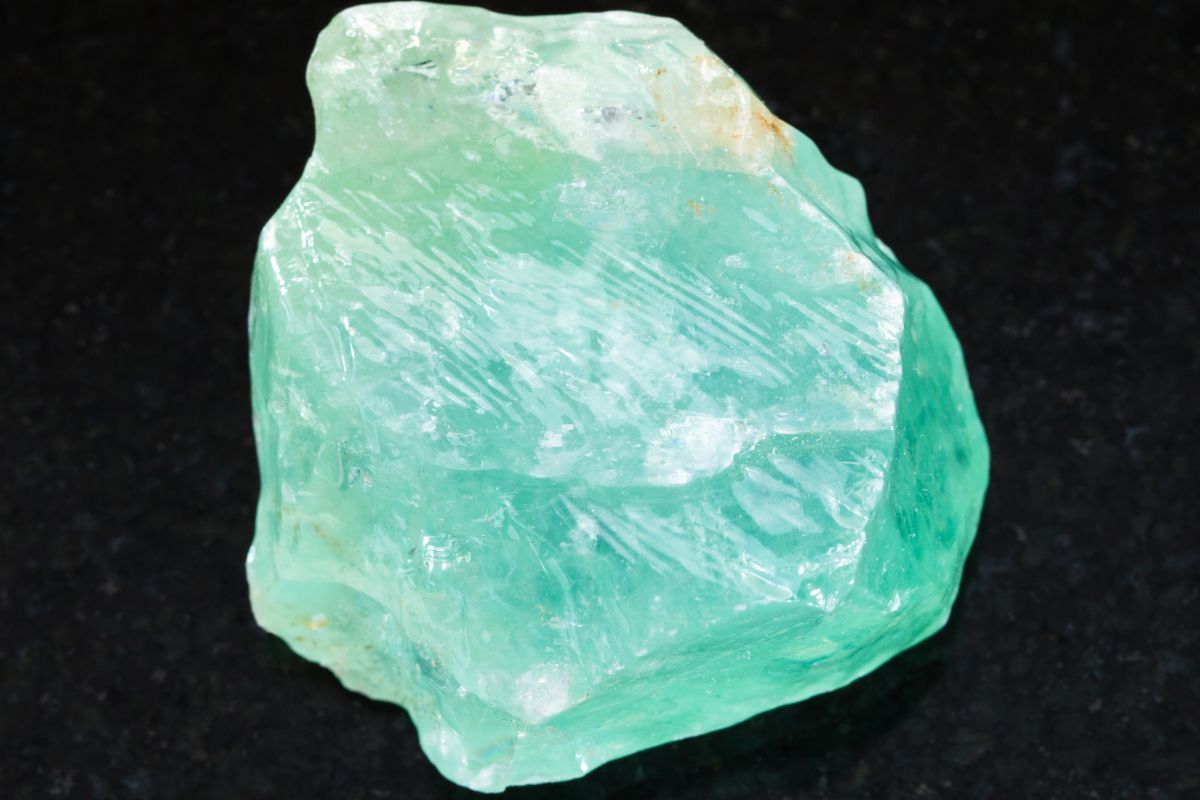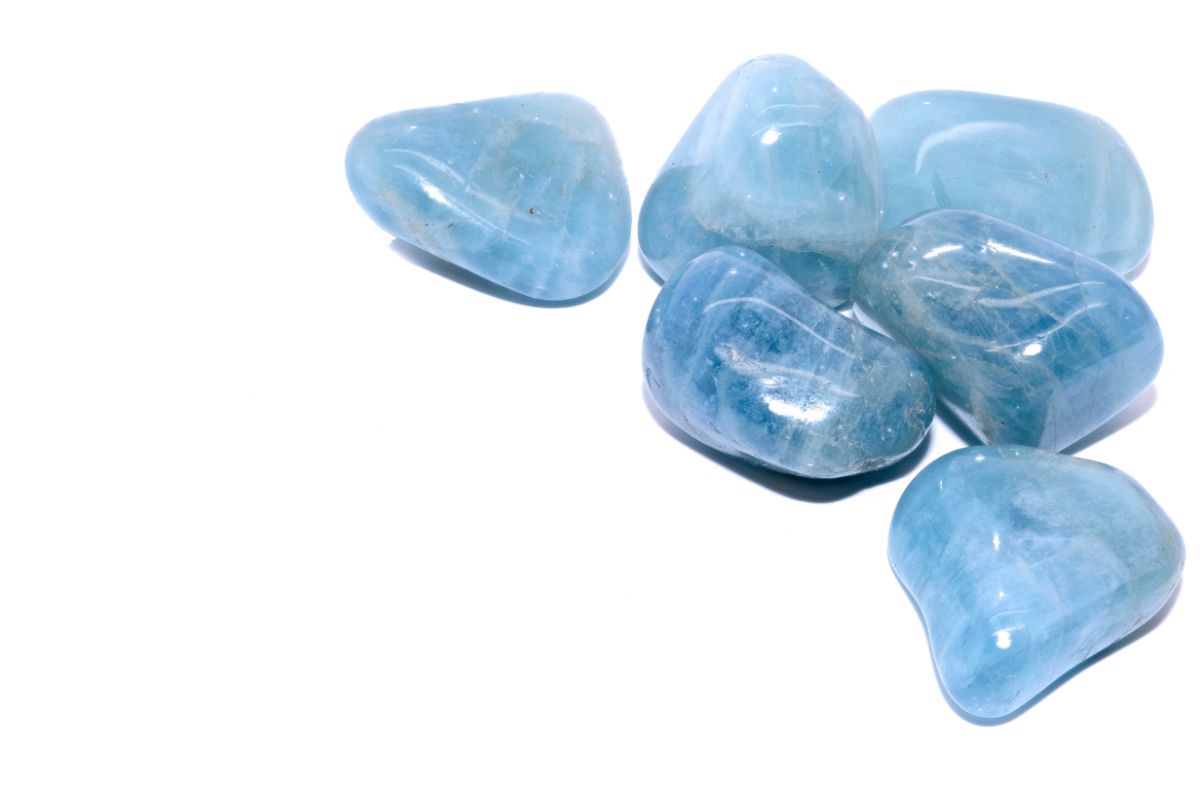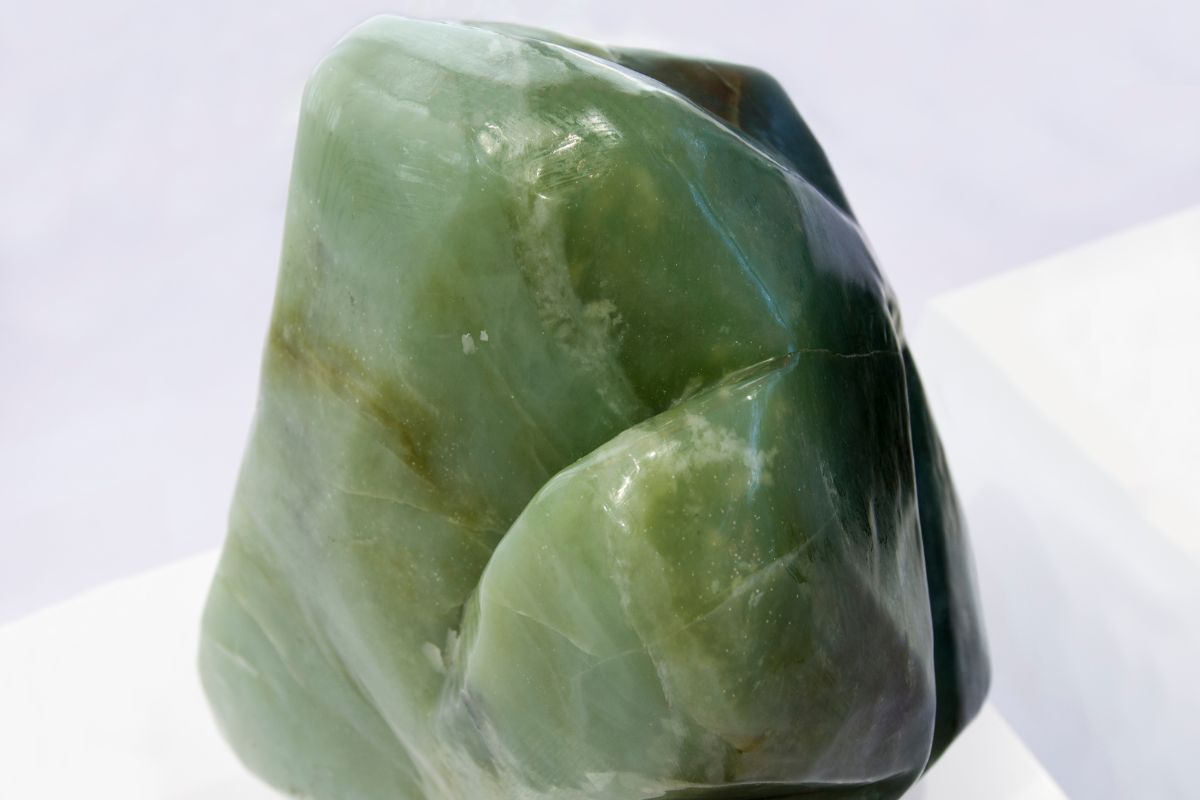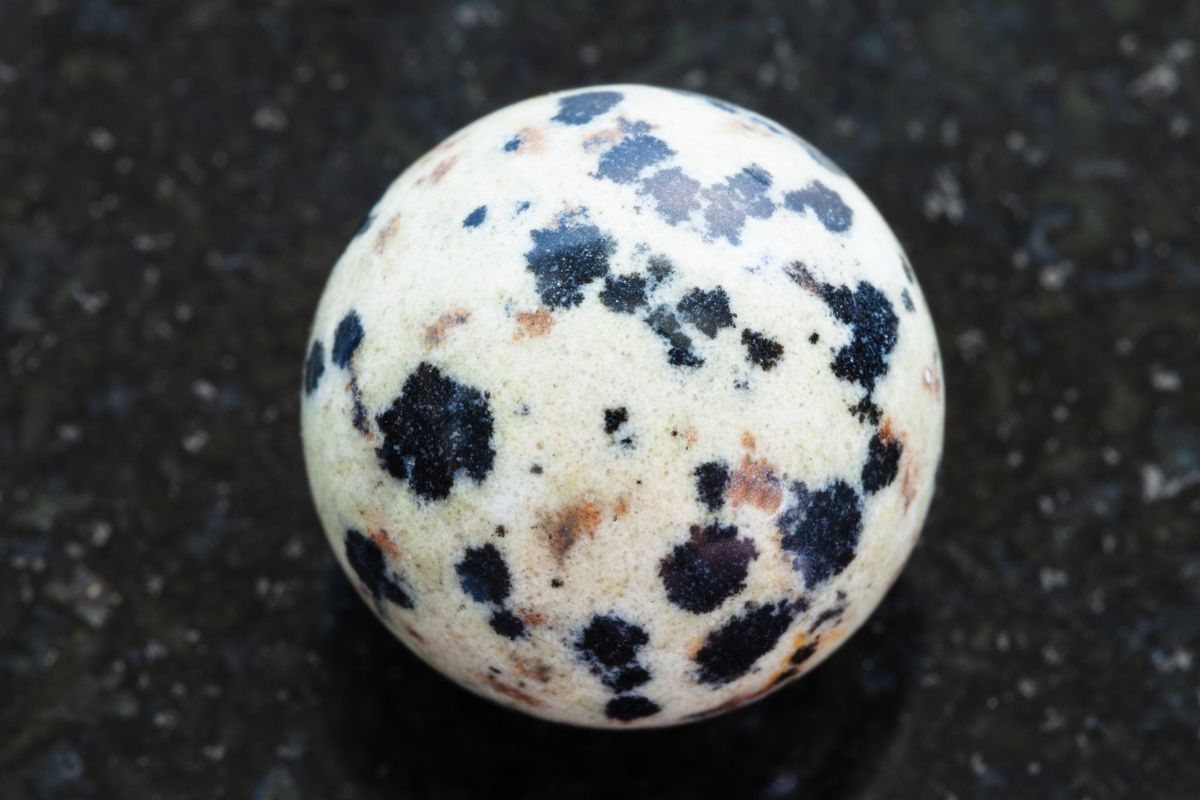When you are looking to buy a moonstone, you are usually looking to buy for several reasons. You will be looking for the color, the body color (otherwise known as background color) and the positioning of its sheen.
Moonstones are called such because of their beautiful looks, and they can actually range in their appearance, from appearing near transparent, colorless and opaque, and also white.
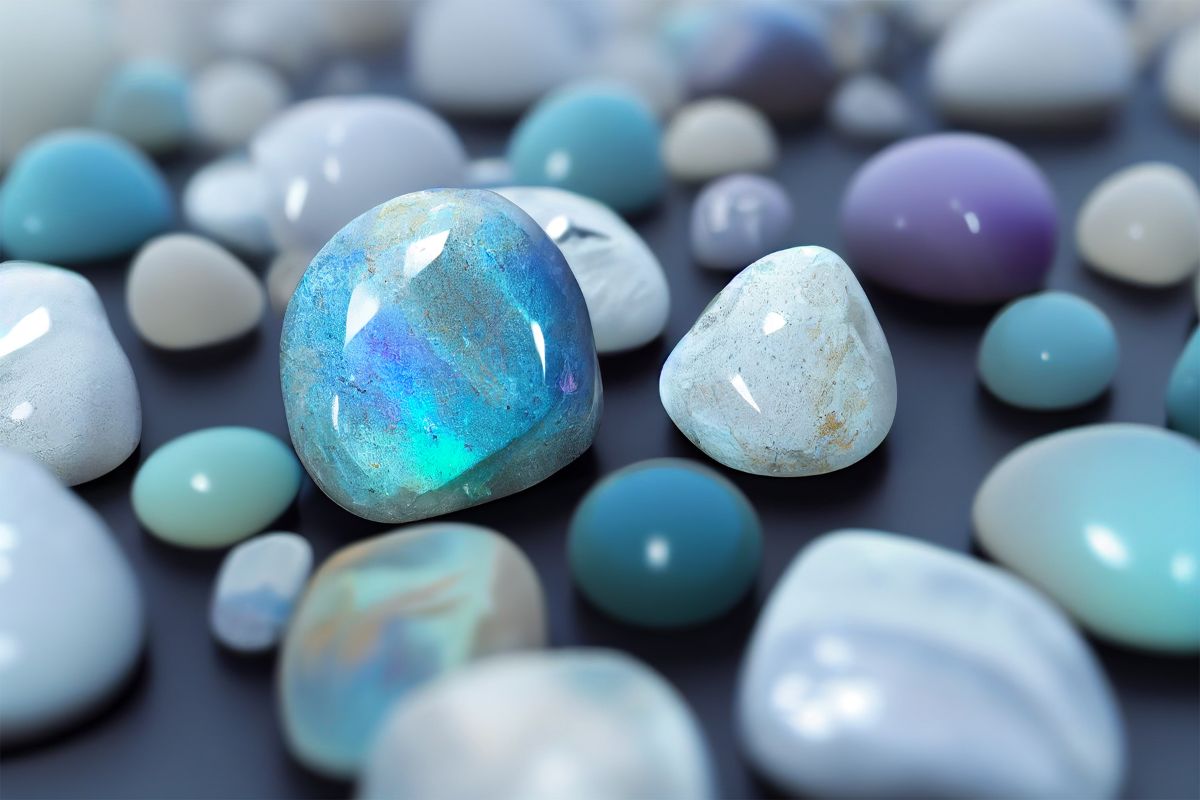
They also usually have a white, blue, or silver adularescence effect to them.
Moonstone will also have a variation in body color. With the body color being green, brown, yellow, gray, or even almost black!
While they have that adularescence, some moonstones will also have a kind of cat’s eye like effect. Where a few will have four-rayed stars in them, creating an effect known as asterism.
As you can see, these stones are aptly named, with how they mimic our beautiful and captivating night sky, but they also differ from one another greatly.
So, let us find out more about the visual appearance of these glorious stones!
The Color Of Moonstone
Moonstone has an extensive history, in which people have always agreed on the qualities that a most highly favored moonstone needs to display.
These qualities were noted as needing to be, semi transparent to nearly transparent in appearance, as well as colorless, without any visible inclusions, and with the adularescence being a vivid blue, which is otherwise called a blue sheen.
The best moonstone would be a gem that has a glassy purity with an electric blue mobile shimmer to it.
The body color should also be almost totally colorless and be free of any brown, yellow, or green-like tints to it, but the adularescence should be a blue, ideally.
The sheen of the stone should also be centered on the very top of a cabochon, and it should be easily visible from a variation of angles as well.
However, if the adularescence can only be seen from a restricted range of viewing then the value of the stone will decrease.
That being said, back in ‘97, miners who were found in Southern India discovered a new moonstone that had a body color which was bright green. In this tone the adularescence floats inside the green of this color.
This gem will also display a pleochroism in a light yellow color, this is a term which is used to describe the array of different colors in a variety of crystal directions.
The popular moonstone color varieties can range from orange to yellow colors.
Moonstone Clarity
Moonstone is often quite clear, and a good moonstone should be near transparent and free of inclusions. Inclusions can often interfere with the adularescence of the stone.
Some characteristic inclusions in a moonstone can include tension cracks which are often named as ‘centipedes. They got this name as they actually resemble the insects they are named after.
The Cut Of Moonstone
When cut, moonstone is often cut into beads for strands, however, the most common style of cutting is cabochon, which will show off the colors of the moonstone to their best advantage.
Moonstone cabochons will often be oval, but they can also be in unique shapes, including a sugar-loaf, which is angular with a squared base to it.
If this stone is cut as cabochon then the dimensions need to be uniform, and the profile should not be too flat. Ones which are too flat will often not display their sheen too well, and their value will drop as a result.
Another type of moonstone has now become more common, faceted moonstone. This type of cut increases the brilliants and can hide inclusions which may be present.
While moonstone is not the most popular of all stones it is very popular for carving into more decorative jewelry. Uneven surfaces of carvings can actually combine with shift adularescence to craft an intricate and living effect.
Weight In Carats
Moonstone keeps coming in a very wide range of different sizes and carat weights.
Fine-quality materials are becoming more scarce in large sizes.
What Is Rainbow Moonstone?
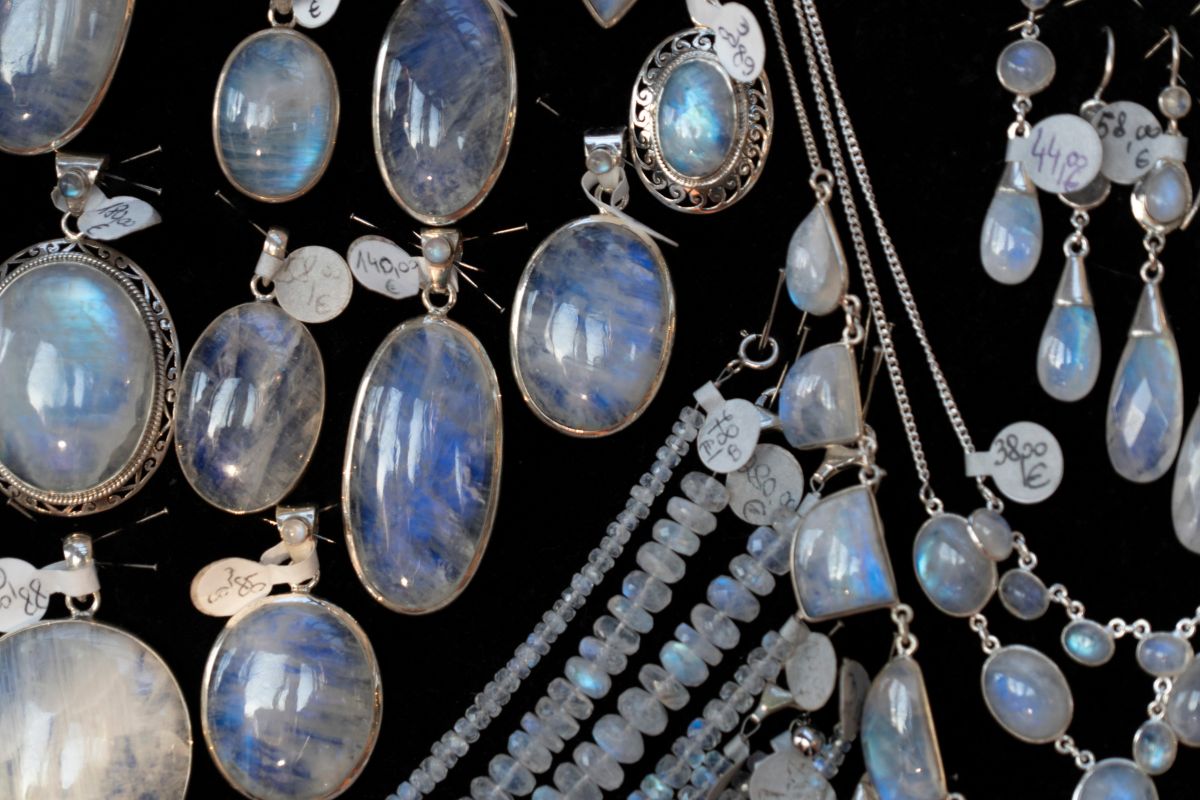
Some transparent stones like this, can also have thinner layers of albite. These are also to produce a blue schiller effect if it is thin, and it will have a white effect if thick.
In more rare cases, there can be a multicolored schiller which can display blue with green, as well as some orange colors. This is known as labradorescence.
While these stones are known as rainbow moonstones (see also ‘The Ultimate Guide To Rainbow Moonstone‘), they are technically a form of labradorite, and not moonstone.
What Are The Identifying Characteristics?
Moonstones are one of the very few gems to have inclusions, so it is characteristic that seeing them guarantee identity. These fissure systems along incipient cleavage in its body of the material created by exsolution pressures.
Moonstones can also have rectangular dark areas which are due to stress cavities and cracking.
There can also be other flaws that these stones have.
How Big Are They?
Moonstone can be rare in sizes both large and small, however, Indian material with a strong body color which is abundant and is super inexpensive. It is very fortunate, as the material is generally well-cut and attractive.
The versions of this stone that has a blue sheen is most valuable, however you will be unlikely to see it in sizes that are above 15 to 20 carats.
But, the stones which have a white or silver adularescence are most abundant and can be found in sizes up to one hundred or more carats.
Overall
Moonstone is a gemstone that can be found in a plethora of adularescences, shapes, sizes, and sheens. It is mostly known by its clear or white form as this is the most common, however, they can be found with different colored sheens.
While blue sheen moonstone is the most popular, white is the most common.
- 15 Crystals That Cannot Be Exposed To The Sun - January 7, 2024
- Malachite Vs Fuchsite – Benefits And Uses - January 7, 2024
- Malachite Vs. Green Jasper: Benefits And Uses - January 7, 2024

